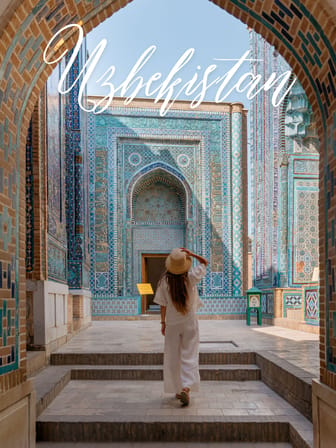Chor Minor Madrasah
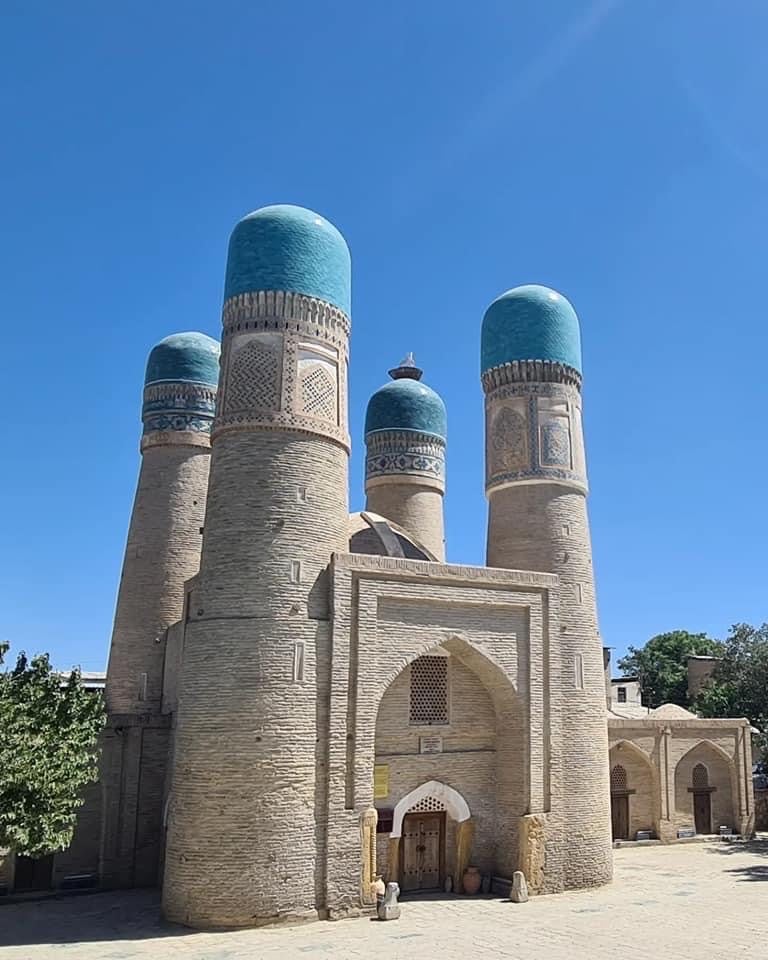
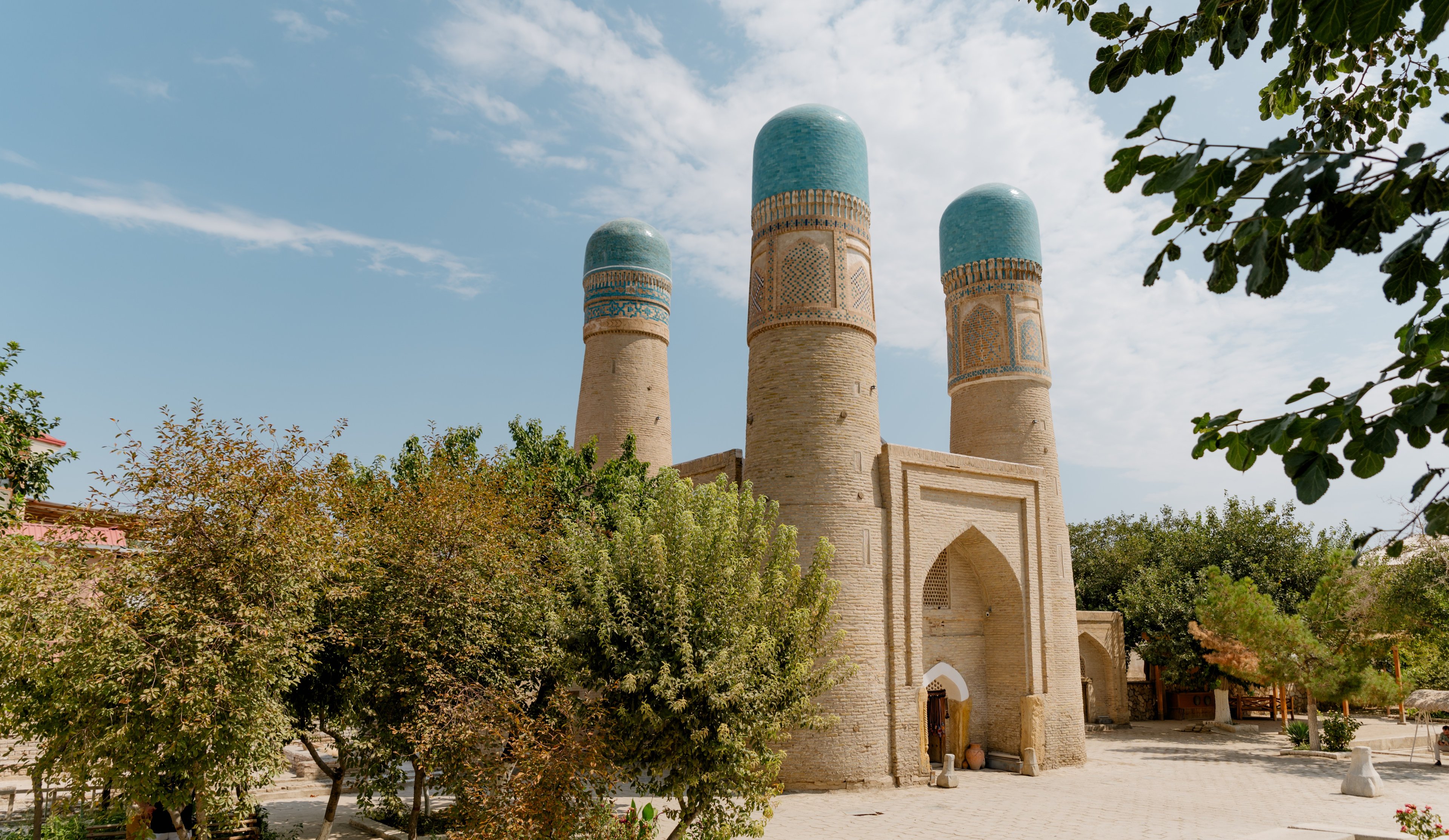
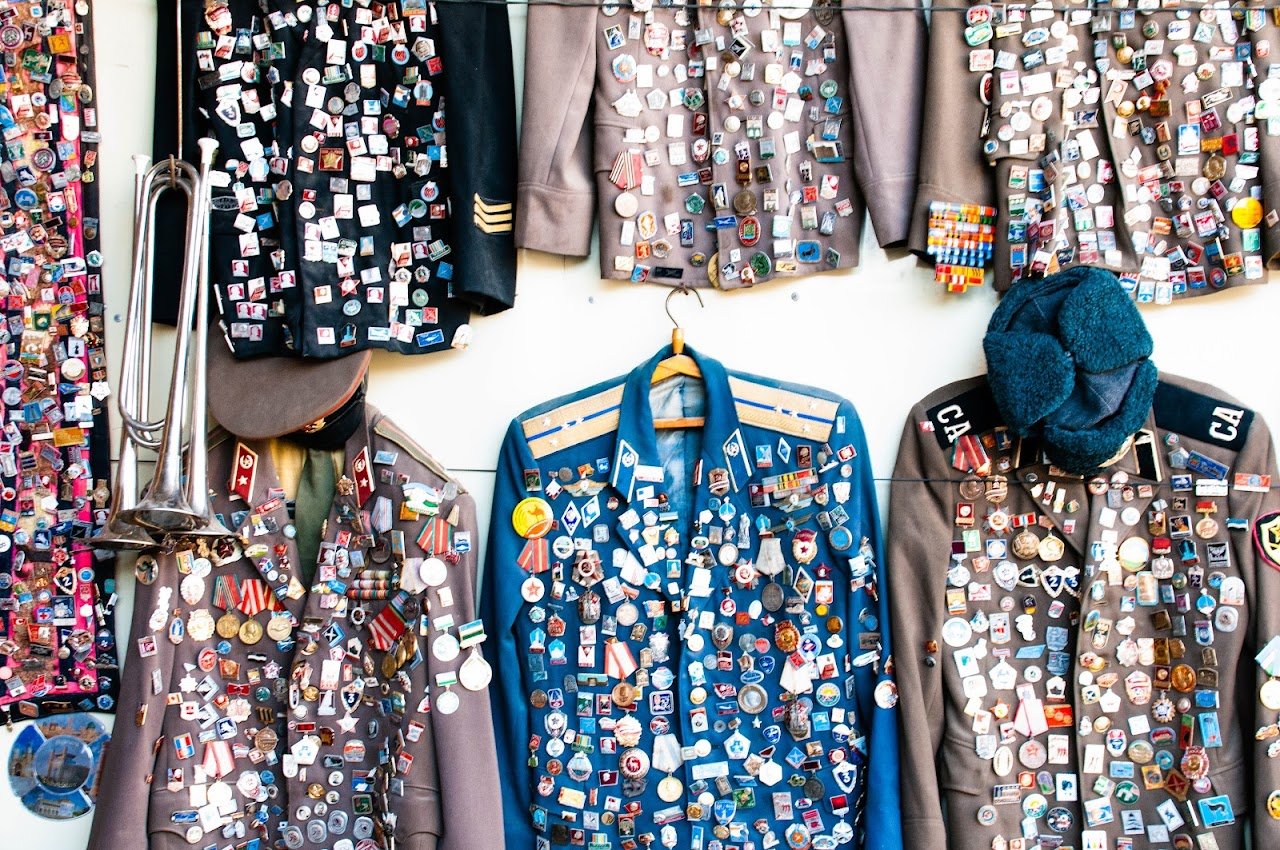
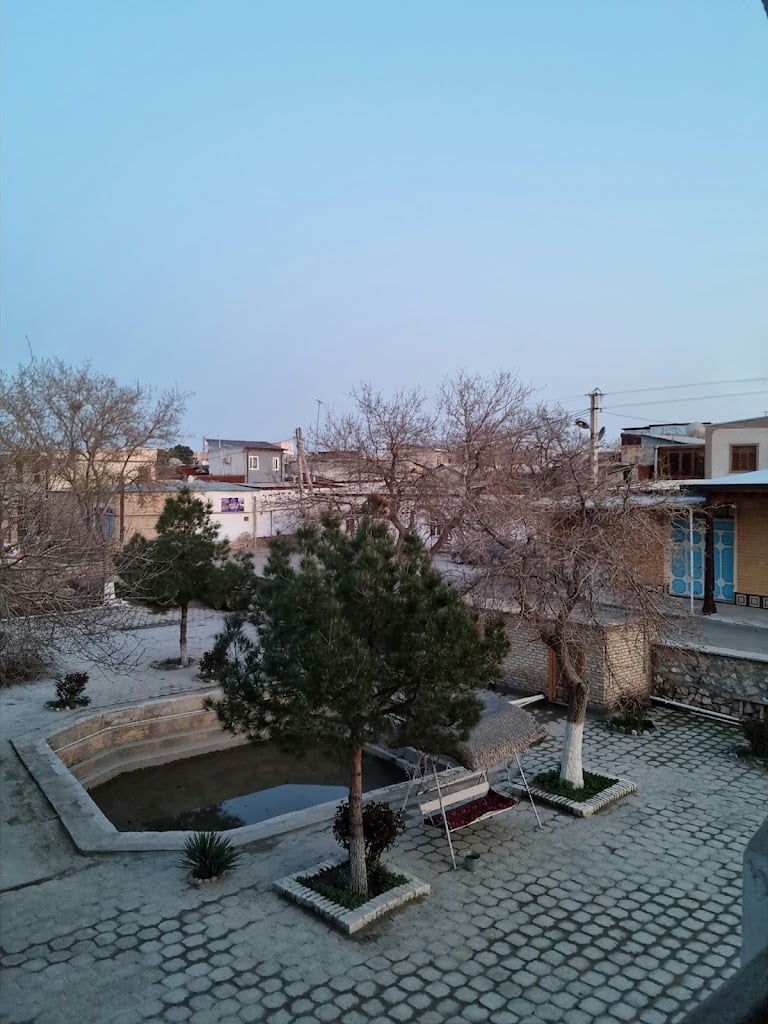
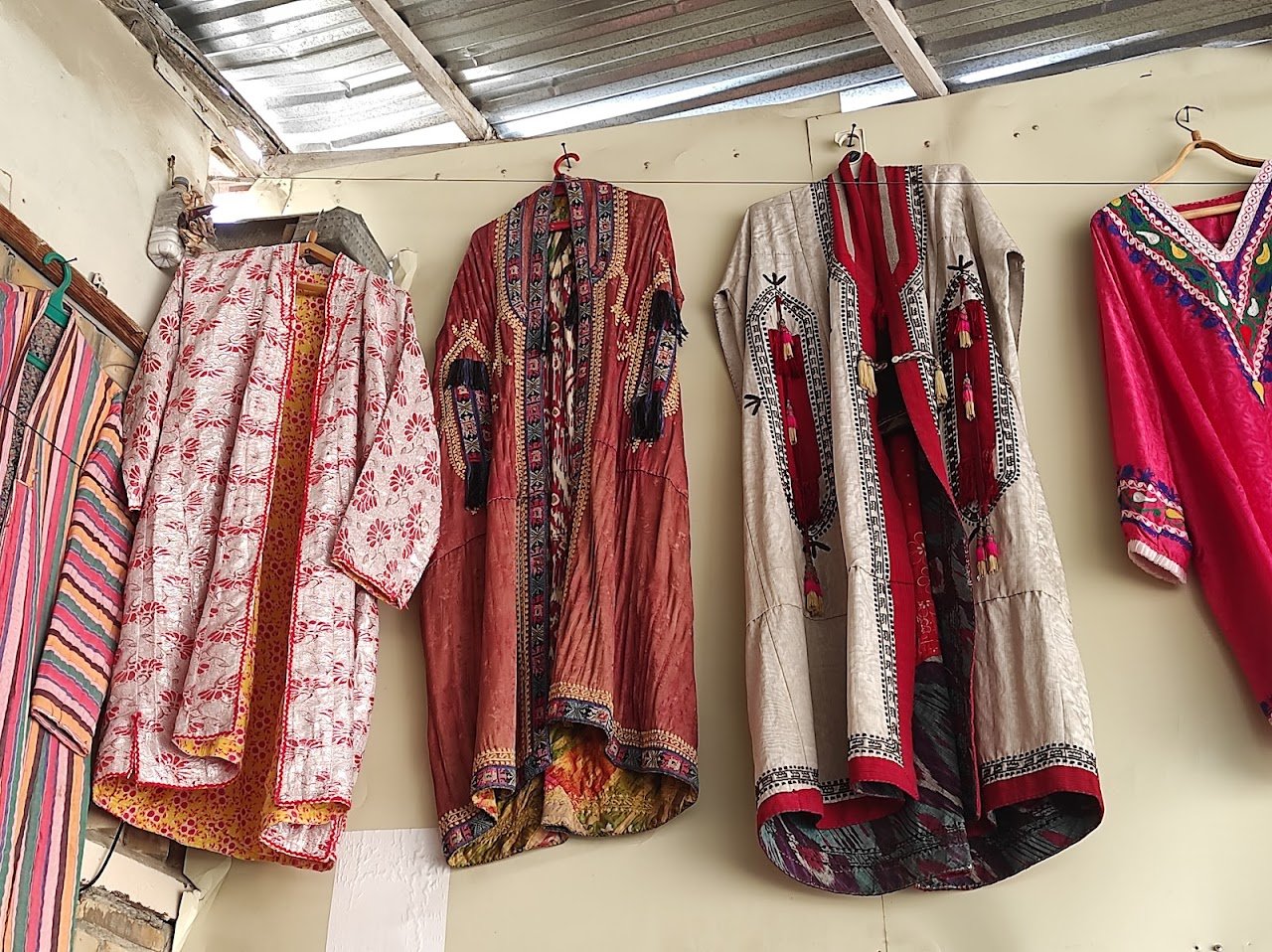
Ask ThatchGPT
Suggest a local expert to plan my trip
Suggest an unique itinerary for my Uzbekistan trip
What foods do Uzbekistan locals eat
What are some true hidden gems in Uzbekistan
Help me brainstorm trip ideas for Uzbekistan
Help me plan a family-friendly trip to Uzbekistan
What people say
Pedro Pereira
Available for hire
"The Chor Minor (literally, "four towers"), was founded by a Turkish merchant, Khalifa Niyaz Qouli in the early 19th century. At that time Bukhara was far from the glory days of the Shaybanid dynasty and the general quality of building construction was quite low. Nevertheless, Qouli managed to create a structure of lasting architectural interest that continues to delight visitors for its idiosyncracy and creative reinterpretation of time-honored design principals.
The purpose of the building is not entirely clear, but it likely served as the forepart of a spacious madrasa which no longer survives. In this capacity the Chor Minor was simultaneously a monumental gateway, a tall "signpost" advertising the location of the madrasa, and an integral component of the madrasa's curriculum (e.g., the top floor includes a domed chamber that was likely used as a library).
As a merchant, Qouli would likely have been familiar with the architecture of neighboring lands, and it is not implausible that the design of the Chor Minor may have been inspired by a very similar structure (coincidentally of the same name) in Hyderabad, India. However, the inspiration for the design may be local in origin. Absent the tall towers, known as guldasta (they are not true minarets) the design is similar to the Ismail Samani mausoleum a few kilometers to the west. However, the Samanid mausoleum was only excavated in the 1930s, extricating it from centuries of mud, so it seems unlikely that Qouli could have gotten a good look at that building. Nevertheless, none of the Chor Minor's features are alien to Bukhara and the wider Khwarezm region. The strikingly tall guldastas have no specific parallel, but shorter towers were common in Bukhara and higher ones may be found on the corners of madrasas in Khiva, such as at the Kutluq Murad Inaq madrasa which was built around the same time. On sum, Qouli made good use of native architectural tradition but adapted it creatively to form something new.
In tourist brochures it is often asserted that the mosaic work on the guldastas include cryptic references to religions other than Islam including Christianity, Buddhism, and Zoroastrianism. Indeed, there are certain designs that appear to resemble the Christian Ichthys, appearing as an upturned fish, and others that faintly resemble the Buddhist "wheel of the law", but the lattter may just as easily be interpreted as the Rub el Hizb (8 pointed star) familiar to Islamic monuments throughout Uzbekistan.
In 1995 the front-left tower of the Chor Minor collapsed, resulting in the destabilization of the whole structure. The authorities appealed to UNESCO for emergency funding to shore up and restore the building and $50,000 USD was granted. Although the building was made whole UNESCO expressed concern that "poor quality cement and steel" were used in the restoration."
Read more in:
Anna Kępa
"Getting there is a quite nice experience. You will go completely local to reach this point which."
Read more in:
Mentioned in these guides
About Chor Minor Madrasah
Get the inside scoop on Chor Minor Madrasah from local experts, travel creators, and tastemakers. Browse genuine trip notes, Chor Minor Madrasah reviews, photos, travel guides, and itineraries from real travelers and plan your trip with confidence.
Save this spot for later or start mapping out a new trip today
Try our AI Travel Assistant and get instant answers to any questions about your trip.
Ask ThatchGPT


